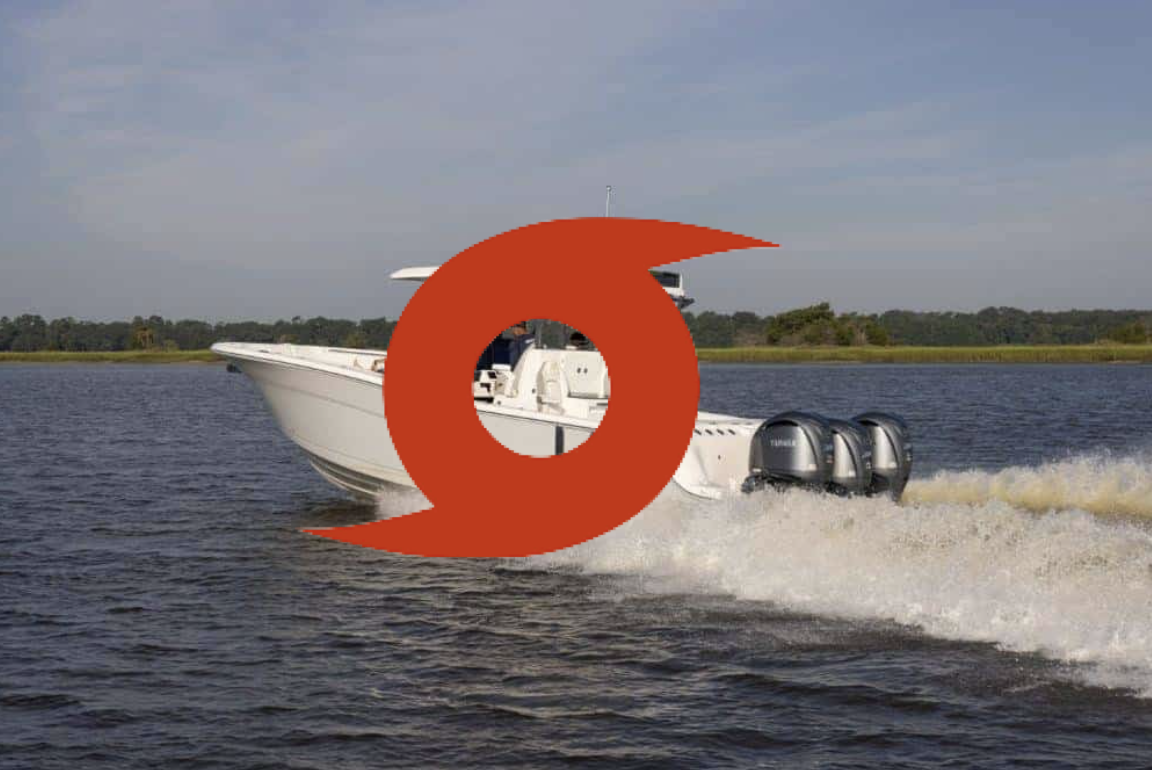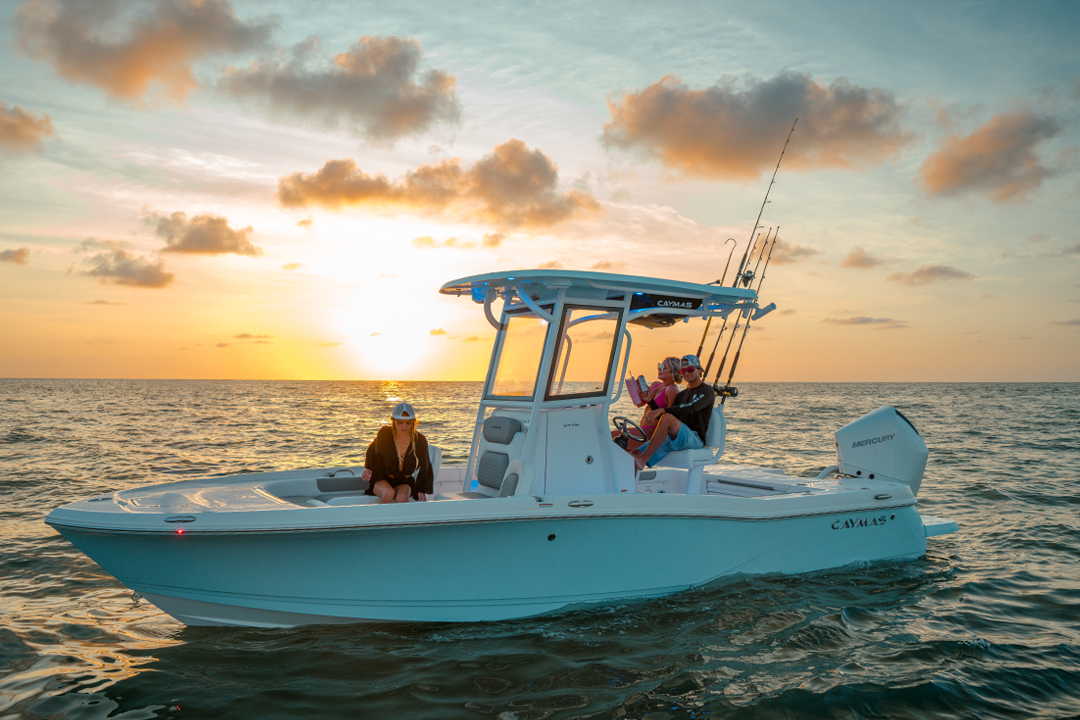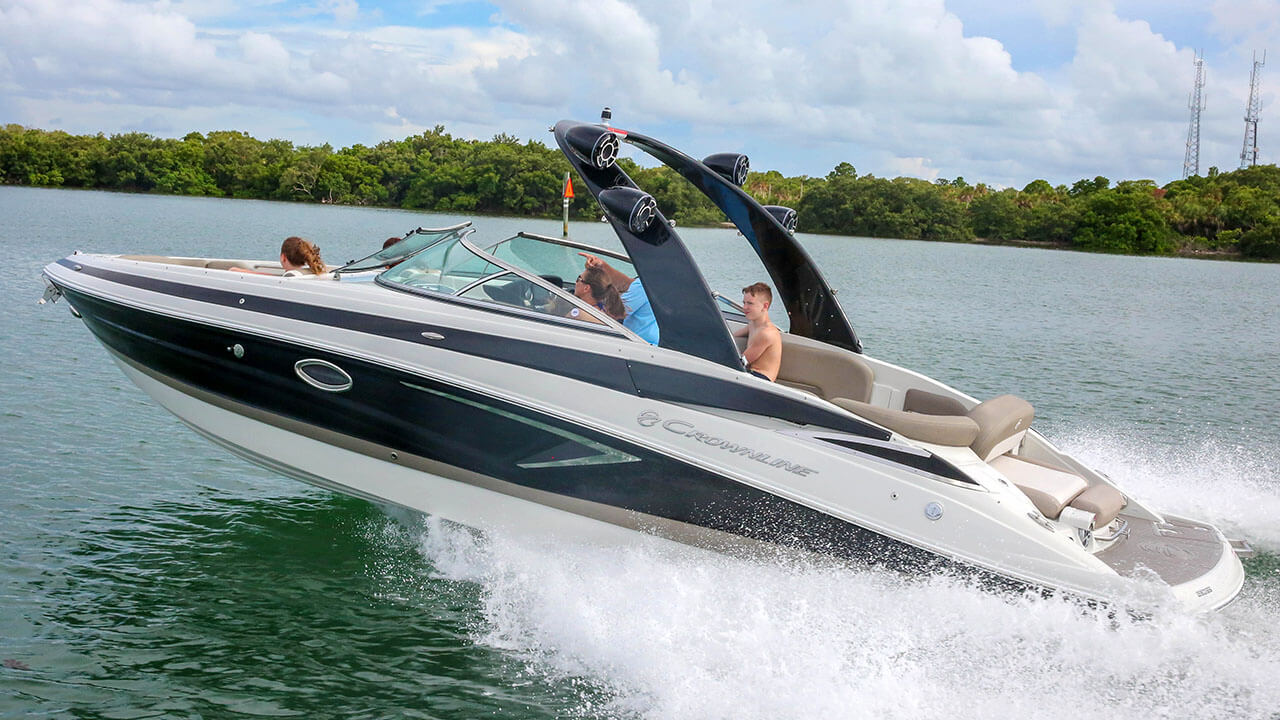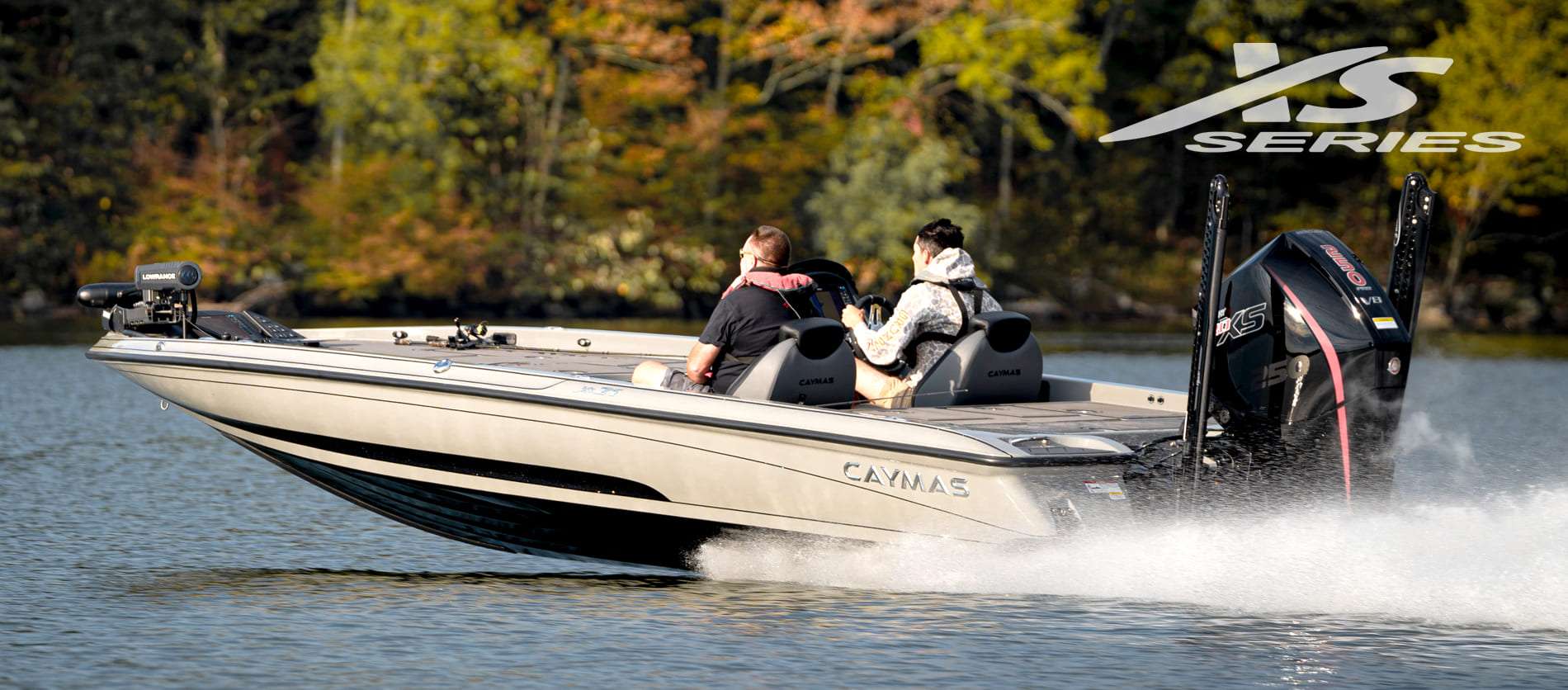Every year, Florida boaters face the reality of hurricane season. High winds, storm surge, and heavy rain can cause severe damage to boats left unprepared. The good news? With the right planning, you can protect your investment and enjoy peace of mind.
This guide walks you through a complete Florida hurricane boat prep checklist to keep your vessel safe before, during, and after a storm.
Why Hurricane Preparation Matters for Florida Boaters
Florida’s boating lifestyle comes with a responsibility: protecting your boat during hurricane season. A single storm can damage docks, sink vessels, and scatter unsecured boats. Even if your boat is insured, failing to prepare could increase repair costs and delay claims.
Being proactive now can save you thousands later.
Florida Hurricane Boat Prep Checklist
Follow these steps to reduce risk and protect your boat from storm damage:
1. Remove Loose Gear
Take off anything that can blow away or break:
- Electronics
- Fishing rods
- Cushions and covers
- Portable coolers
Store these items indoors before the storm.
2. Secure or Double Your Lines
If your boat stays in the water:
- Use extra dock lines for security
- Add chafing gear to prevent line damage
- Tie lines at higher points to handle rising water
3. Add Extra Fenders
Storm surge and strong winds can push boats against docks. Place additional fenders to minimize impact.
4. Protect Electrical and Fuel Systems
- Turn off the battery switch
- Seal all hatches and openings
- Shut down fuel lines
- Remove or protect shore power cords
5. Move to Safe Storage if Possible
For the best protection, take your boat out of the water:
- Trailer it inland and secure with straps
- Store in a dry dock or covered facility
- Avoid parking under trees or power lines
6. Prepare Your Trailer
If moving your boat:
- Inflate trailer tires properly
- Grease wheel bearings
- Block the wheels and use tie-down straps
7. Backup Bilge Pumps and Power
Heavy rain can quickly fill a boat. Test bilge pumps before the storm and add a backup power source if possible.
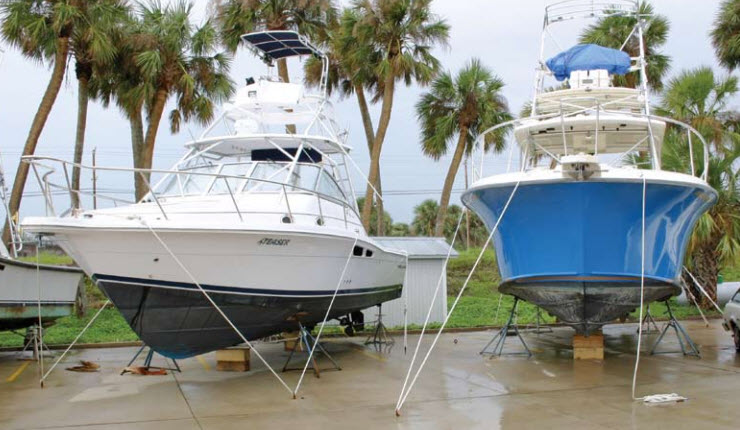
Where to Store Your Boat During a Hurricane
Choosing the right storage option is critical:
- In-water: Use storm-rated docks, extra lines, and double fenders.
- On a lift: Raise the boat and secure with heavy-duty straps.
- Dry storage: Safest option if available.
After the Storm: Post-Hurricane Boat Safety
When the storm passes, resist the urge to rush back. Safety comes first.
- Watch for downed power lines and fuel spills
- Inspect the hull, engine, and electrical systems
- Document all damage for insurance
- Have a professional mechanic check before restarting engines
Helpful Resources for Florida Boaters
Final Thoughts
Hurricane season in Florida doesn’t have to mean losing sleep over your boat. With this hurricane prep checklist, you’ll minimize damage, protect your investment, and get back on the water faster.
At Black Label Marine Group, we’re here to support Florida boaters with storage, maintenance, and repair solutions. Contact us today to prepare your boat for the season ahead.
The best way to protect your boat is to remove all loose gear, secure or double dock lines, add extra fenders, and move the vessel to safe storage if possible. Trailering inland or using a dry storage facility offers the most protection.
It’s safer to remove your boat from the water if you can. If you must leave it docked, use storm-rated docks, double your lines, and add fenders to minimize damage.
Dry storage facilities or trailering your boat inland are the safest options. Avoid parking under trees or power lines. If dry storage isn’t available, a well-secured marina with hurricane preparation protocols is the next best choice.
Start preparing at the beginning of hurricane season (June 1–November 30). At the first sign of a storm forming in the Atlantic, review your checklist and take action early.

